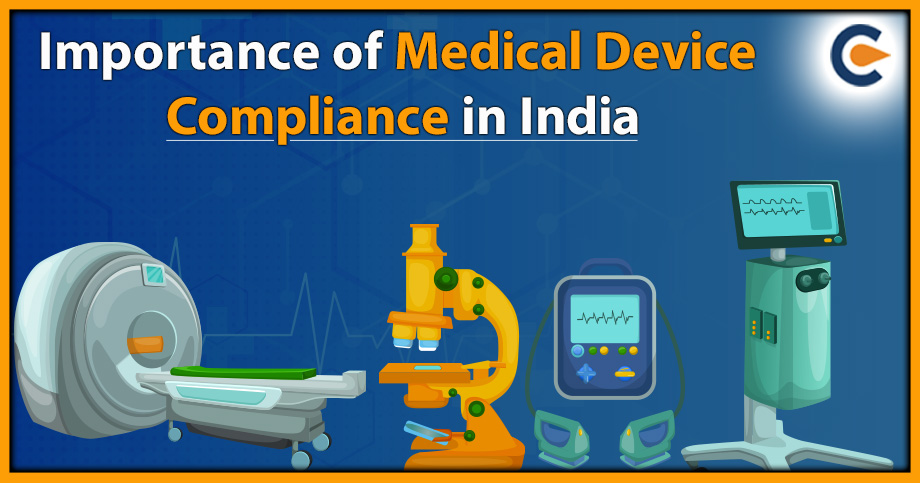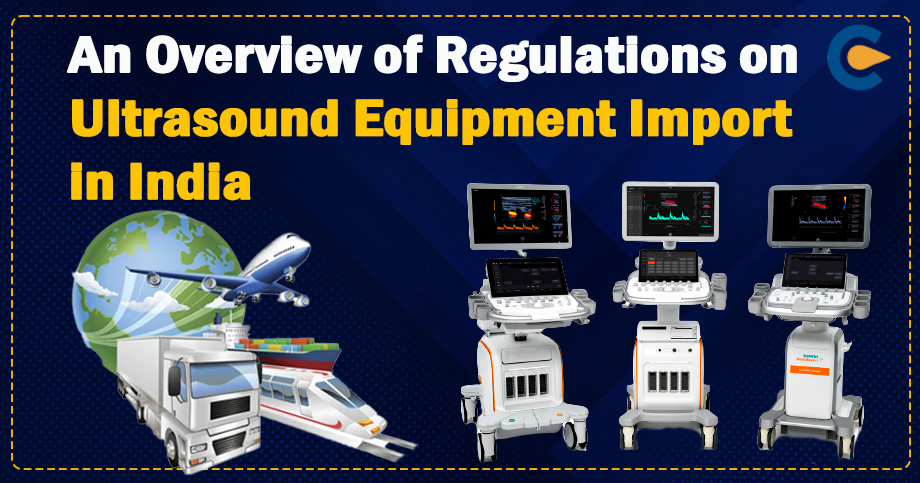On January 31, 2020, the UK formally left the EU. The post-Brexit transition period ended on January 1, 2021. Medical device firms with products in the UK market now need to plan for how they will obtain a UK Conformity Assessment. Medical devices now sold in the UK can continue displaying the CE mark, which has been a requirement under EU law since 1985. (UKCA mark). On July 1, 2023, the UKCA mark is scheduled to become law, enabling medtech manufacturers two more years to comply. But, having more time to comply doesn’t guarantee that every business will be prepared when the time comes, as evidenced by the frequent delays to the EU’s Medical Device Regulation. Until June 30, 2023, devices can still be marketed in the UK under the CE mark. But, starting on July 1st, all medical devices and in vitro diagnostics (IVDs) must bear the UKCA mark to be sold. The only exceptions to this rule are medical equipment made by Northern Ireland manufacturers, who will be permitted to continue marketing CE-marked products in the UK after the deadline. Already, compliance is necessary for some devices. To ensure that their devices may still be sold after the 2023 deadline, manufacturers will need to take several actions. In this blog, we will discuss, UKCA marking for medical devices.
What is a Medical Device?
A medical device may be defined as any appliance, instrument, material, apparatus, or another article, either used in a singular form in combination with other equipment/devices, including the software essential for its intended purpose by the manufacturer to be used for human beings.
People are increasingly concerned about their health as a result of emerging economies and rising awareness. People are willing to choose cutting-edge technologies and solutions to enhance their health, regardless of the cost. As a result, the industry for medical devices in the healthcare sector has seen tremendous expansion. The medical device sector also includes subsectors such as diagnostics, imaging, cardiology, surgical, and orthopedic equipment.
What is a UKCA mark?
A UKCA mark is a logo that is applied to medical devices to demonstrate compliance with the UK MDR 2002 regulations. It demonstrates that the device complies with safety regulations and is suitable for the claimed purpose for which it was designed. That demonstrates how openly the product can be advertised in Great Britain (England, Wales, and Scotland). A “declaration of conformity” must be signed before the UKCA mark may be applied to your goods.
If an Approved Body participated in the conformity assessment, its identification number must be placed underneath the UKCA logo. Please be aware that products with the UKCA mark cannot be sold in Northern Ireland unless a CE mark is also present.
Exemptions
Your medical device should not bear the UKCA mark if it is:
- Custom-made, even if it must still adhere to the UK MDR 2002’s specifications and be clearly labeled as such.
- When conducting a clinical investigation, you must take care to ensure the health and safety of your patients. The statement “exclusively for clinical inquiry” must be included.
- A medical device for in vitro diagnosis (IVD) is used to assess performance.
- An out-of-conformity gadget employed under unusual conditions (humanitarian grounds).
For custom devices, clinical research, and performance assessment devices, you must create a statement to indicate their compliance even though you don’t need to have these checked by a third party to demonstrate that they comply with the standards.
MHRA Medical Device Regulation
The selection and oversight of UK conformity assessment bodies are the responsibility of the Medical and Healthcare Regulatory agency. A manufacturer should be aware of the medical device regulation of 2002 and the general product safety regulation of 2005 if they are headquartered in the UK and plan to sell their products in the GB market. The device is not granted any accreditation, certification, or authorization by the MHRA. Before introducing a device to the UK market, the manufacturer is required by UKMDR, 2002 to notify the MHRA.
Who Can Register With MHRA?
Manufacturers of bespoke devices, Class I, Class IIa, Class IIb, and Class III devices as well as IVDs undergoing performance evaluation the manufacturer must designate one responsible person from the UK who can carry out the work or finish the necessary tasks on the manufacturer’s behalf if the manufacturer is not a resident of the UK. Distributors and suppliers are exempt from MHRA registration requirements. The following information may be required of you to register with the MHRA:
- Name and location of the legal entity;
- Kind of business;
- Administrative contact;
- Device class;
- UDI-DI, if applicable;
- Name of the medical device
In the course of the review and data validation process, they could ask for more technical documents.
How Does A Company Register For A UKCA Mark?
The UK Medicines and Healthcare products Regulatory Agency requires manufacturers to register their instrument or IVD (MHRA). Several UK Approved Bodies, which operate similarly to EU NBs and are capable of conducting assessments against the pertinent criteria to obtain UKCA branding, have been recognized by the MHRA.
Without requiring them to go through a new designation process, current UK NBs have been immediately transferred into this new category.
According to the UK Medical Device Regulations of 2002, medical devices are categorized into four classes in the UK depending on the device’s intended use, intended usage duration, and level of invasiveness.
- Low-risk devices in class I include wheelchairs and stethoscopes.
- Medium-risk devices, such as surgical clamps, are under class IIa. Class IIb: moderate-risk devices that are a little more sophisticated, including bone fixation plates
- High-risk devices in Class III include pacemakers.
“Generic” IVDs that fall outside of the first three categories:
- Self-testing IVDs: as the Covid-19 List B IVDs lateral flow tests: reagents products for rubella, toxoplasmosis, and phenylketonuria (among others), as well as tools for blood sugar self-testing
- List A IVDs includes tests for detecting Variant Creutzfeldt-Jakob disease as well as reagents and products for detecting HIV I and II, hepatitis B, C, and D. It also includes reagents and products for determining blood types and anti-Kell, including those used to test donated blood.
- Manufacturers of low-risk general IVDs, such as specimen receptacles, and Class I devices can typically self-declare their UKCA conformity. Even if a Class I device is sterile or has a measuring function, official permission is still required.
- Not all medical devices can wait to register until 2023. The MHRA established the following deadlines for registration for specific types of devices in January 2021:
- Active medical devices that are implanted, Class IIb implantable devices, Class III medical devices, and IVD List a devices as of May 1, 2021.
- Class IIb non-implantable medical devices, Class IIa medical devices, IVD List B devices, and self-test IVD goods will be available as of September 1, 2021.
- Class I medical devices and common IVDs produced by companies situated outside of the UK as of January 1, 2022.
What’s a UKRP?
Before medical devices are supplied to the UK market, producers operating outside of the UK must designate a UKRP who will be in charge of registering the company’s products with the MHRA. Any third-party organization, as well as an importer or distributor who works on the manufacturer’s behalf, might be the UKRP.
The UKRP must make sure that all technical documentation has been properly written up and tell the manufacturer of any complaints or negative incidents that take place in the UK in addition to serving as the manufacturer’s primary point of contact with the MHRA.
The MHRA requires overseas producers to designate a UKRP to register their products. The manufacturer must inform the UKRP of the specifics of the importers of all of their products and provide them with the necessary documentation, including a formal letter of designation. The maker must also make sure the UKRP appropriately and on time registers their product. Along with the UKCA mark itself, device labeling must also include the UKRP’s address.
Conclusion
Medical devices that are to be sold in the UK market must register with MHRA within the grace period. Product registration with MHRA is required. The CE mark will remain valid until June 30, 2023. The manufacturer must designate a UK-responsible person if you are located outside of the UK (UKRP).
Devices that have received CE certification are permitted to be sold in the UK until June 30, 2023. After June 30, 2023, rebelling won’t be necessary. For a manufacturer to sell a medical device in the UK, the product must bear the UKCA mark[1]; however, in NI (Northern Ireland), CE-marked medical devices may still be sold beyond June 30, 2023.
Also Read:
A Step By Step Guide For Registration Process For Medical Devices In India
What Is The Importance Of A Medical Device Certificate In India?
CDSCO Registration For Interventional And Radiology Medical Devices – An Overview













